The journey from Sindh to Gujarat
When all is lost, what does one hold on to? A photograph, a piece of heirloom, an important document?
During the Partition of 1947, over 700,000 Sindhi Hindus were forced to leave their homeland, what is now Pakistan, and move to India. Though there was no violence in Sindh, it was the resettlement in India that was more traumatic. Unlike Punjabis or Bengalis, Sindhis didn’t have an Indian state they could call their own. Considered one of the richest communities, they arrived as penniless immigrants and started their life from scratch. The coastal line of Gujarat made it one of the chosen states for migration of Sindhis by ships from Karachi. Other places included Bombay, Rajasthan and Madhya Pradesh.
Today, Sindhis are seen as successful businessmen, establishing bakeries, cloth markets, dry fruit trading, real estate and jewellery businesses across the country. But it’s hard to imagine what it must have been like for my grandparents’ generation back then. Overnight, they packed whatever little they could and made their journey across the border, to India. Having lost the comfort of their home, they sought comfort in their food – recipes that crossed the border with them.
As a third generation Sindhi in India, I often took Sindhi food for granted, never delving deeper into the cultural significance or practices that made it so unique. But as my curiosity and appetite for knowing more about the fascinating land of Sindh and its people grew, I set out on a journey of my own, tracing back the footsteps of my grandparents’ generation.
This series is my humble attempt at documenting the Sindhi cuisine – of flavours and stories that travelled across the border to find a new home in India; of my memories associated with this food; of reconnecting with my roots, one recipe at a time.
Sindhi Koki – The ultimate comfort food
If you’ve ever had a Sindhi friend, chances are you would have definitely tasted the koki.
When it comes to comfort food for Sindhis, Koki tops the charts. Think of it like the Gujju thepla – a simple flatbread packed with great flavour.
My earliest memory of Koki is watching my Mumma pack it for our tiffin. Early in the morning, she would make fresh kokis and wrap them in a thin rumaal. As soon as I would open the dabba during recess, my friends would flock around driven by its sweet smell. By the time my lunchbox would do the rounds, I was barely left with half a koki (of the 2 that Mumma would pack). While others had dry nashta like khakhra, cold bread butter, or Gujarati farsaan, my lunchbox would always have warm cooked food like poha, paratha and koki. Though I happily exchanged the koki for all the other tiffin nashta, it was much later that I understood the efforts Mumma put in to wake up that early and cook the kokis for me and my sisters.
Koki – the ultimate Sindhi comfort food – may be well-known as a breakfast item, but it can be termed as an anytime meal. I say ‘meal’ because the number of accompaniments make it one. With some fresh homemade curd and roasted papad, it’s a staple breakfast in a Sindhi household. On tiring summer nights, when one doesn’t want to cook an elaborate meal, koki and mango makes for a light satisfying eat. Back from a long day of shopping, chai-koki becomes a satiating evening snack. Pack it with chhunda and pickle for long train journeys. And for the kid in me, dip it in some ketchup and roll in bhujia sev.
Away for further studies and later for work, I would return home during holidays, starved for good home-made food. Instead of Mumma asking me each day, ‘aaj kya khana hai?’ I would slyly stick a paper on the fridge with a list of meals I would like Mumma to cook. Each time, unmistakenly, on the list would be Koki for breakfast. Mumma, with a smile, would look at the list, half-hoping that it would have some fancy requests. But most of it would be simple home-made food that I so missed, including other sindhi favourites like sindhi kadhi, sai bhaji and a Sunday breakfast of dal pakwaan. These dishes that I never really admired while I was home became the ones that I craved the most as I moved away. They were neither served in any restaurants (at least not then) nor available at local food vendors (unless you especially went to a Sindhi locality). There was no other place but home where I could savour them. And so, these dishes became the feeling of home for me.
Crusty on the outside, soft on the inside – here’s the recipe of the humble koki. Do give it a try!
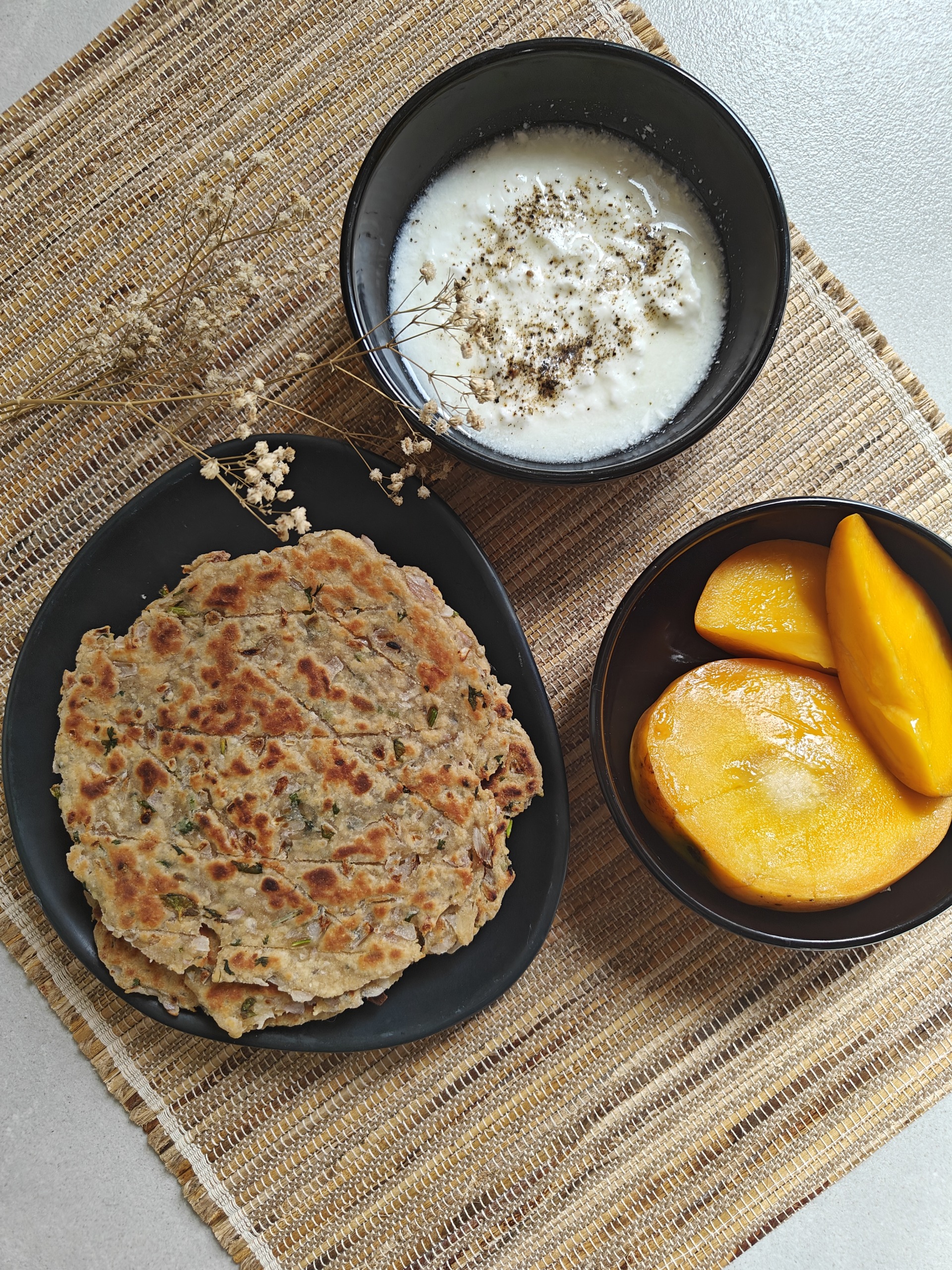
Sindi Koki
Ingredients
- 2 cups whole wheat flour
- 1.5 cups finely chopped onions (approx. 2 large onions)
- 2 green chillies finely chopped
- Lots of fresh coriander
- Salt to taste
- 3 tsp Oil
- Water as needed
Instructions
In a large bowl, combine the aata, onions, green chillies and fresh coriander
Add salt all over the mixture and pour in the oil
Now rub in the salt and oil, massaging the mixture to bring it all together
The salt will cause the onions to release its natural water and make the dough moist
Bring it all together with light hands, without mushing it aggressively like a chapati dough
The dough should come together and will need only a few splashes of water for the final binding
The dough must be stiff
Taste the dough and adjust the salt. The right amount of salt can make all the difference.
It’s best to not rest the dough like chapati dough as the onion can continue to release moisture and make the dough sticky.
Divide the dough in 3-4 portions.
Roll out each portion into a thick flat bread. The dough can get tricky to handle sometimes so dust it with flour or flatten it between two sheets of parchment paper.
A unique thing about koki is the checkered design on top. With the back of a knife lightly draw these checks on the koki.
These lines serve two purposes – it helps the thick flatbread to cook evenly and allows ghee/oil to penetrate deeper, giving it a nice brown crust.
Heat up a thick bottomed tava and once hot, add some oil to it. Place the koki (check side up) and let it cook on medium-low flame.
It is important to cook the koki on medium-low so it gets cooked evenly and doesn’t feel raw inside.
After 1-2 minutes, flip the koki to the checks side, cooking it for another minute.
Now, apply ghee/oil on the first side and flip it, cooking on medium flame to get that characteristic brown crust. Repeat with the second side.
The key to a good crumbly koki is patience. Low and slow is the way to the best koki.
Serve piping hot koki with curd, pickle, papad or a hot cup of chai.
Notes
To store koki dough, store it at the stage where the ingredients are mixed but not kneaded to the final stage with water. This can then be used the next day to make a fresh batch of Kokis Cooked koki can be stored in the fridge for upto a week. Just reheat before serving.
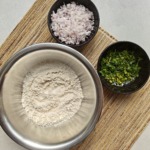
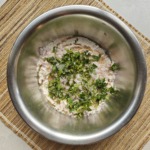
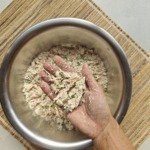
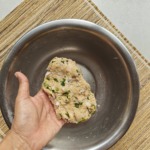
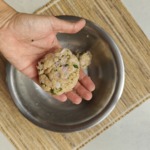
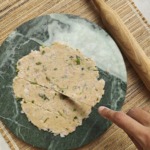
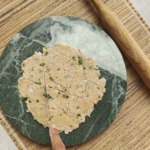
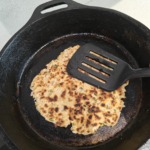
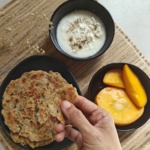
About Bhumika Udernani
Bhumika is a third generation Sindhi living in Ahmedabad. As an advertising professional, she has moved many cities and the idea of ‘home’ has always piqued her curiosity. Her interest in Partition stories and her growing interest in the cultural context of food has encouraged her to document Sindhi recipes and the collective memories it holds. When not writing, she can be found tending to her kitchen garden and spending time with her furry babies.

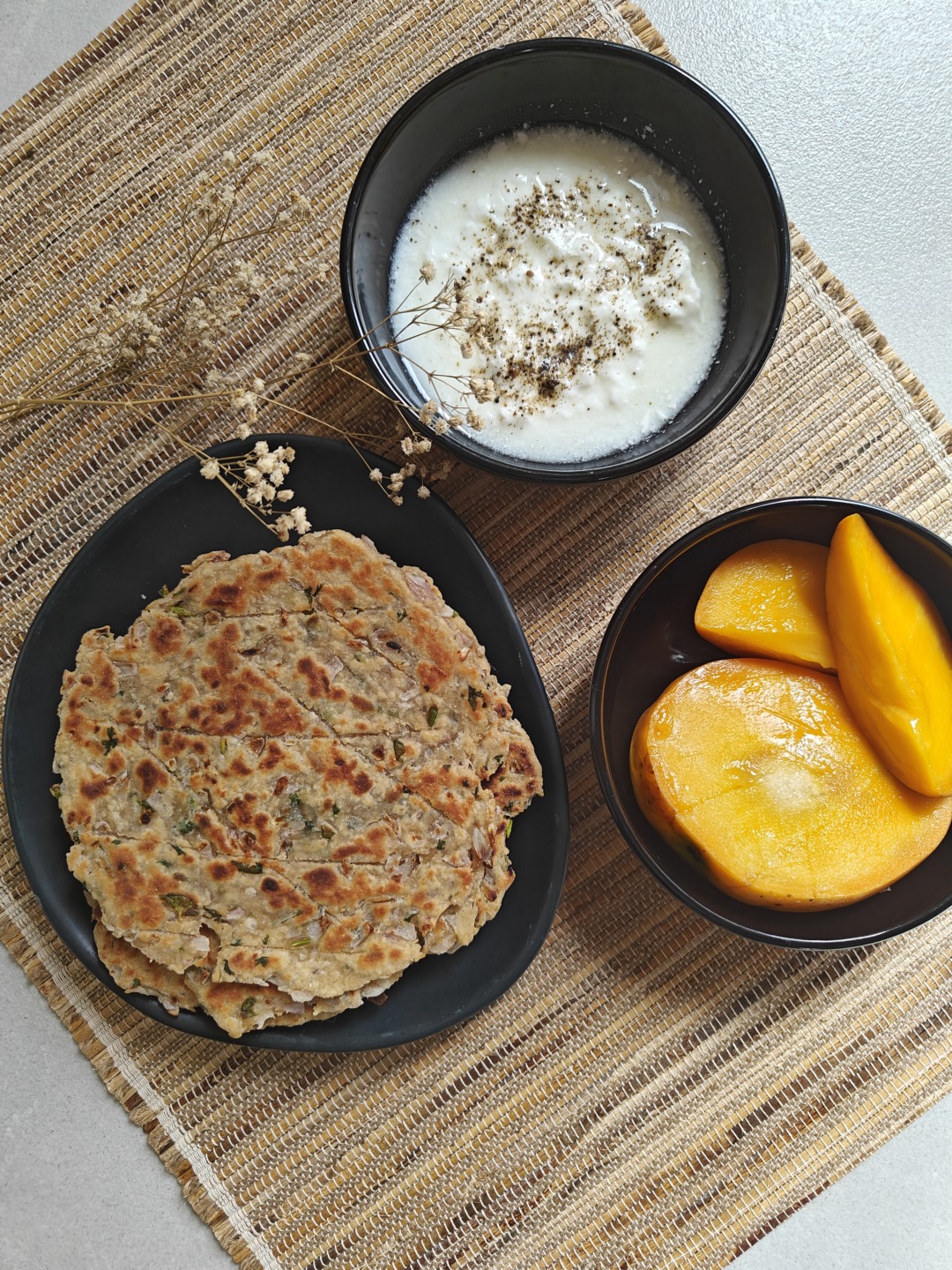

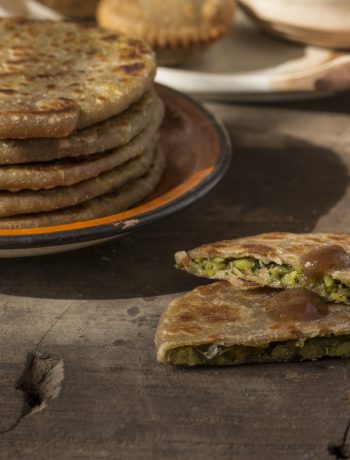
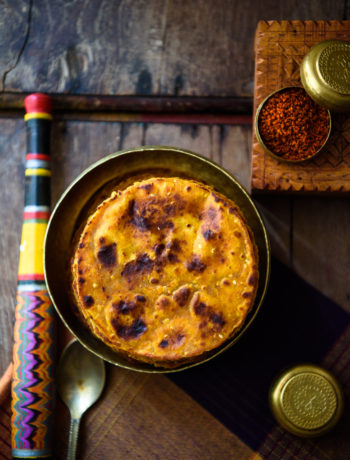
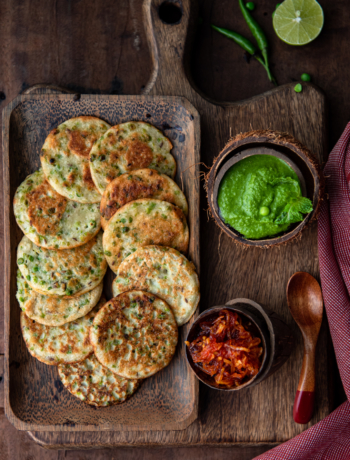
No Comments